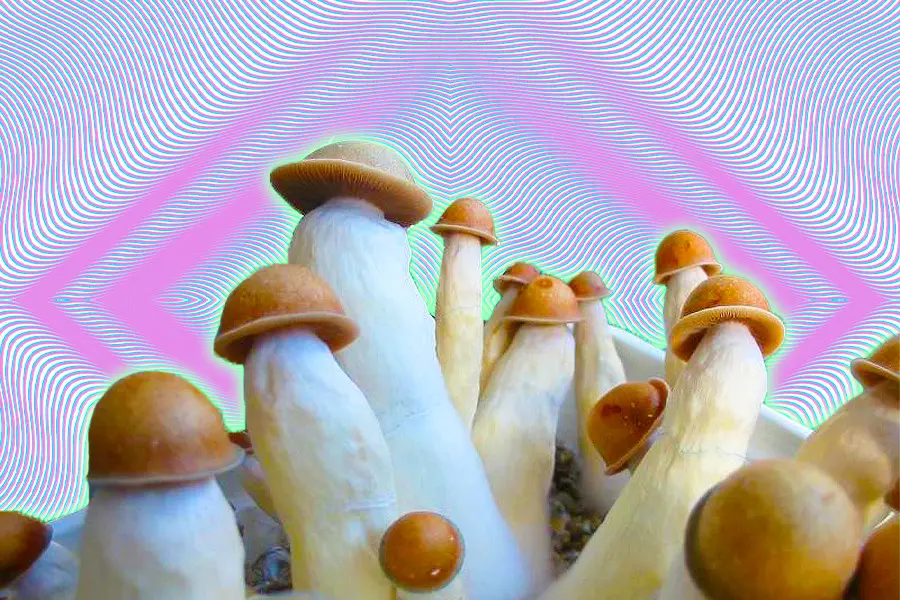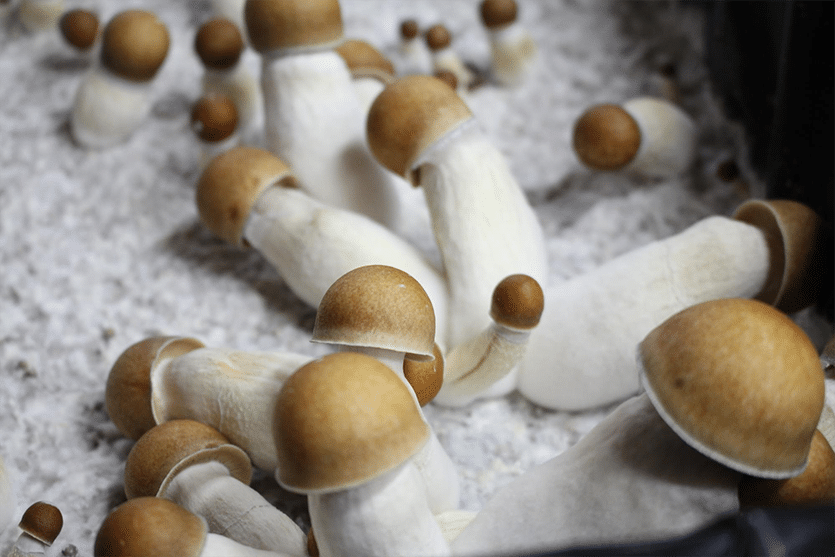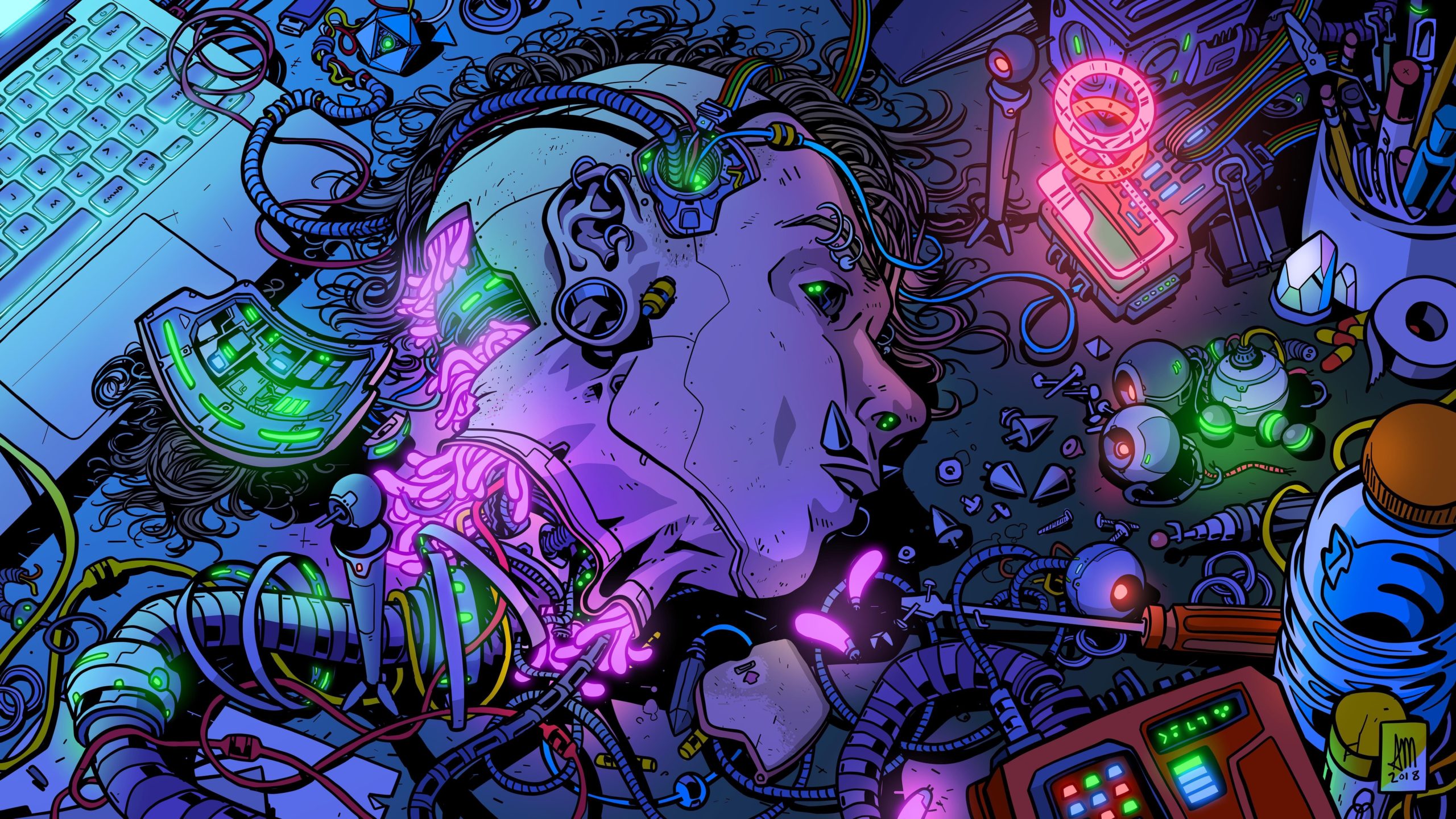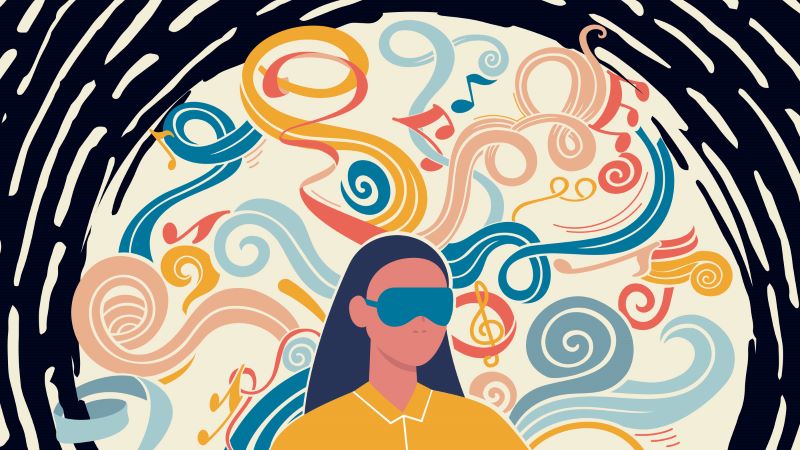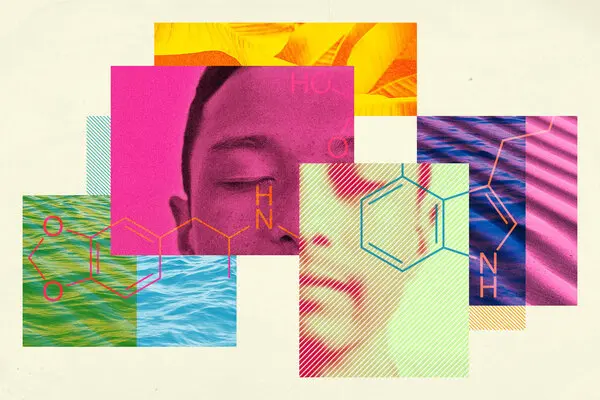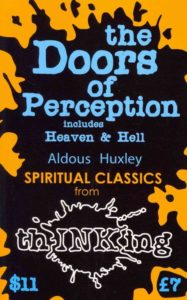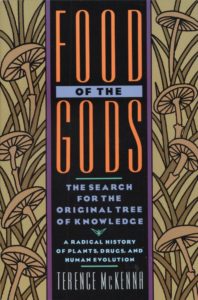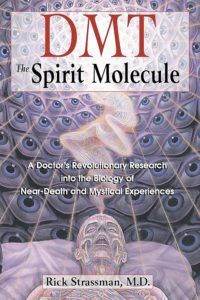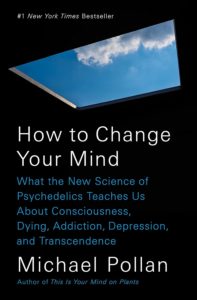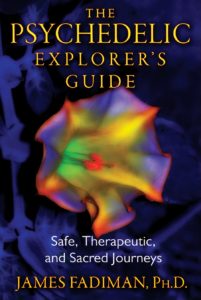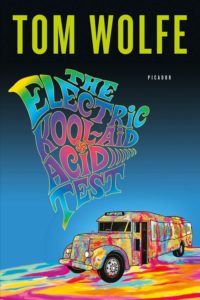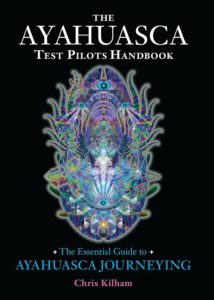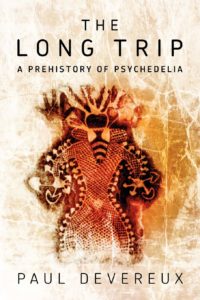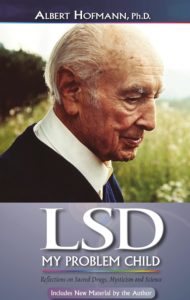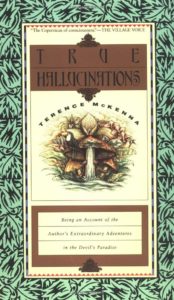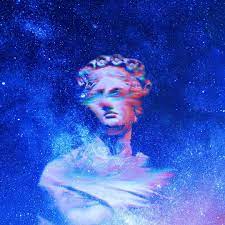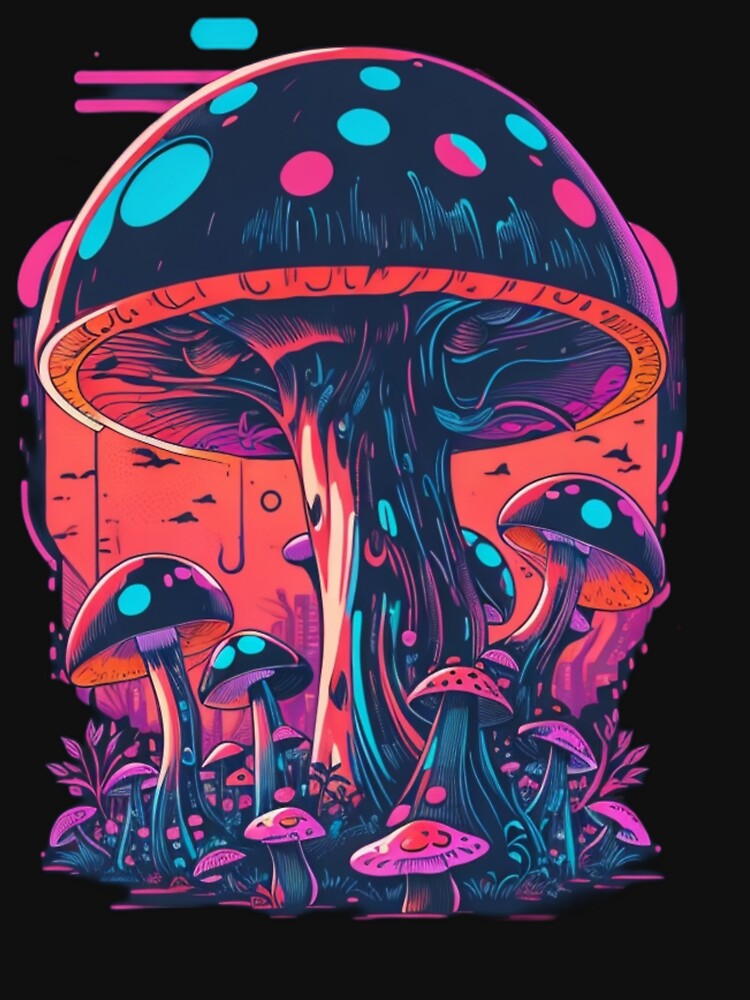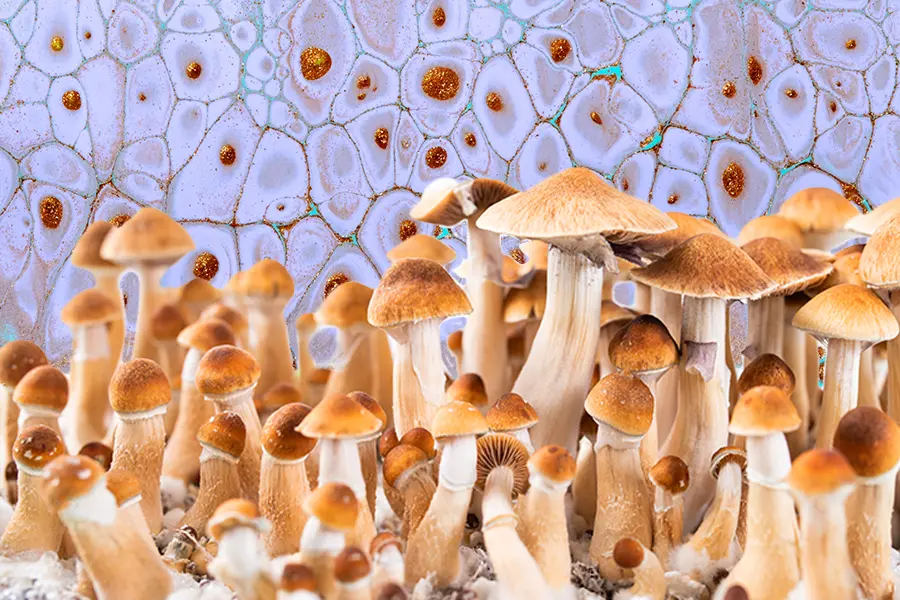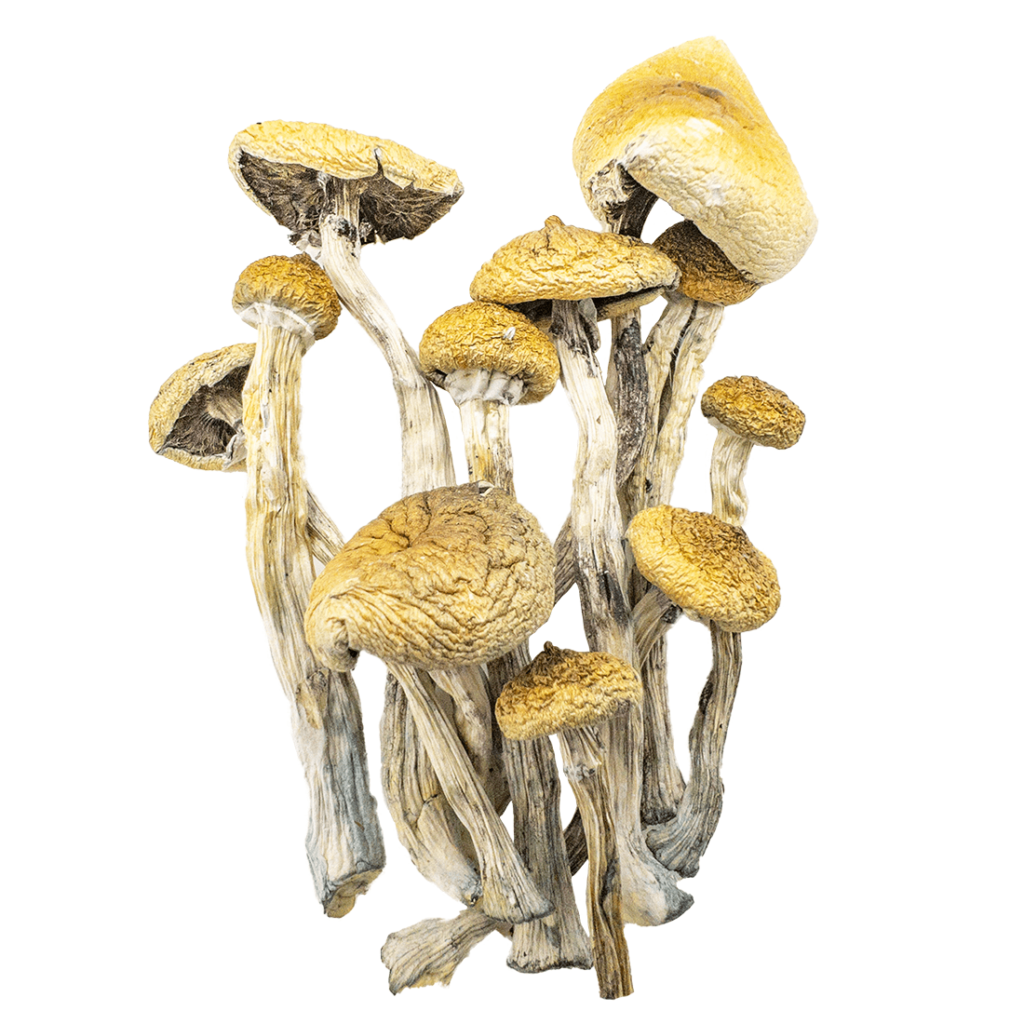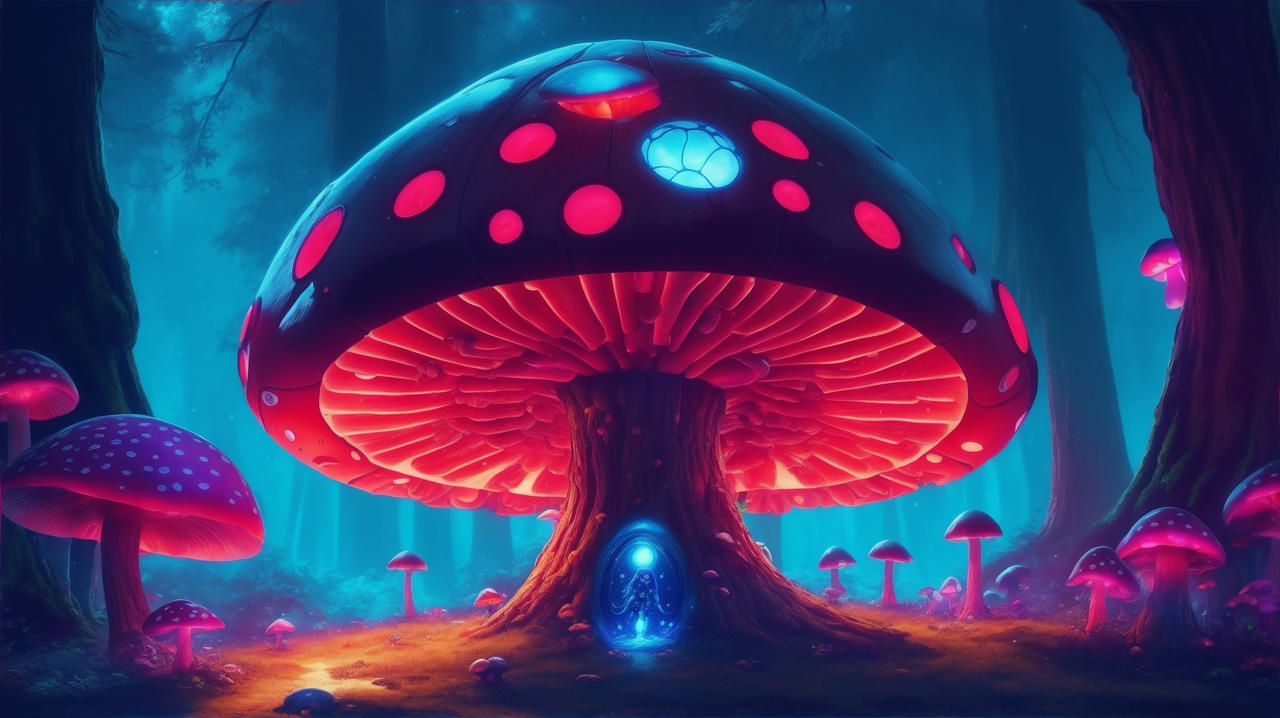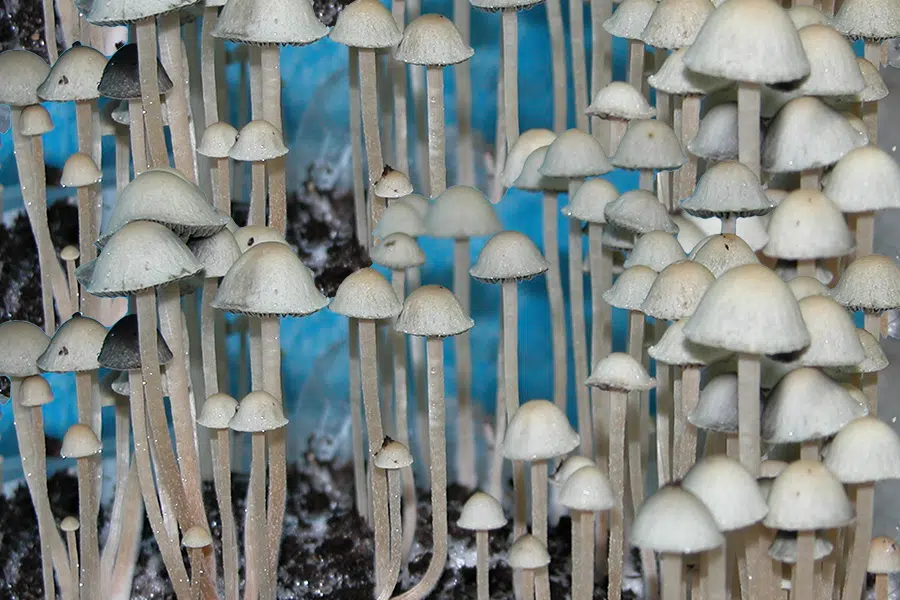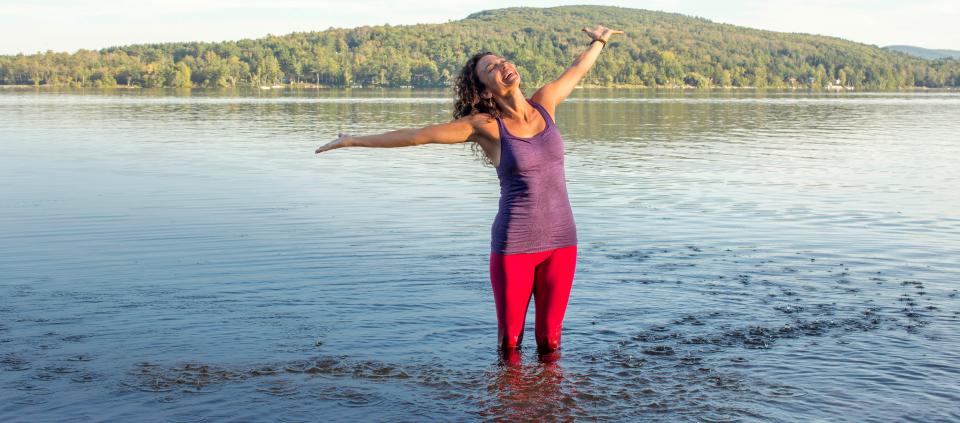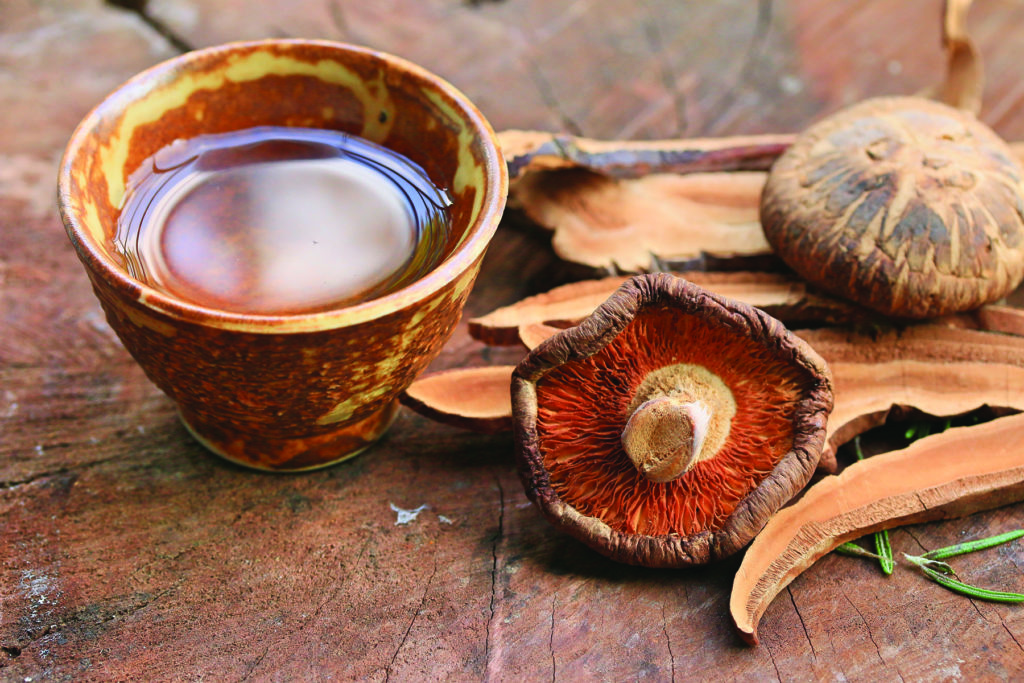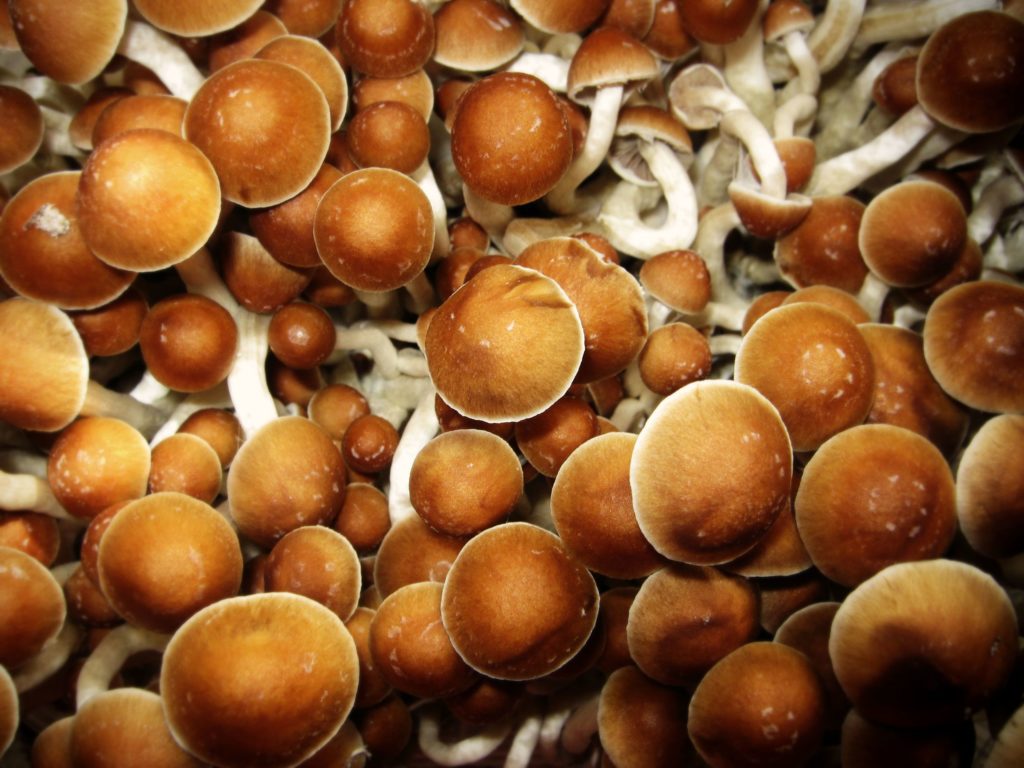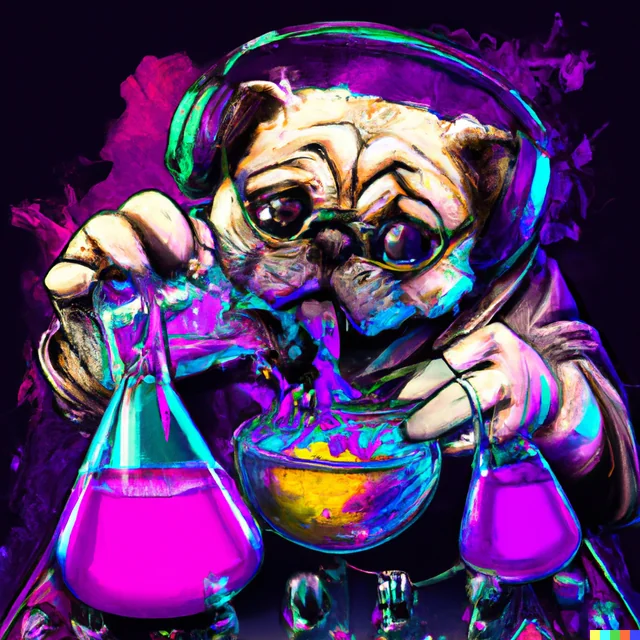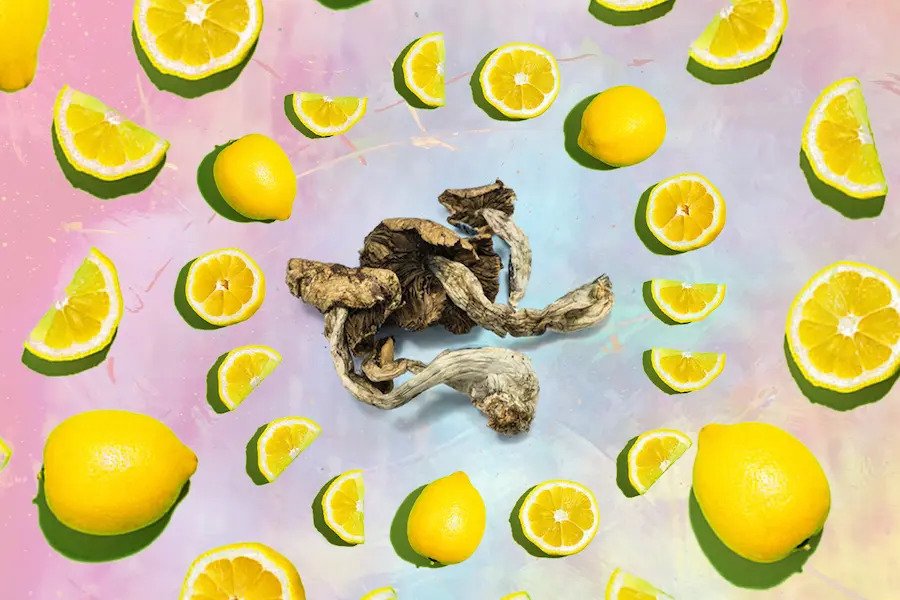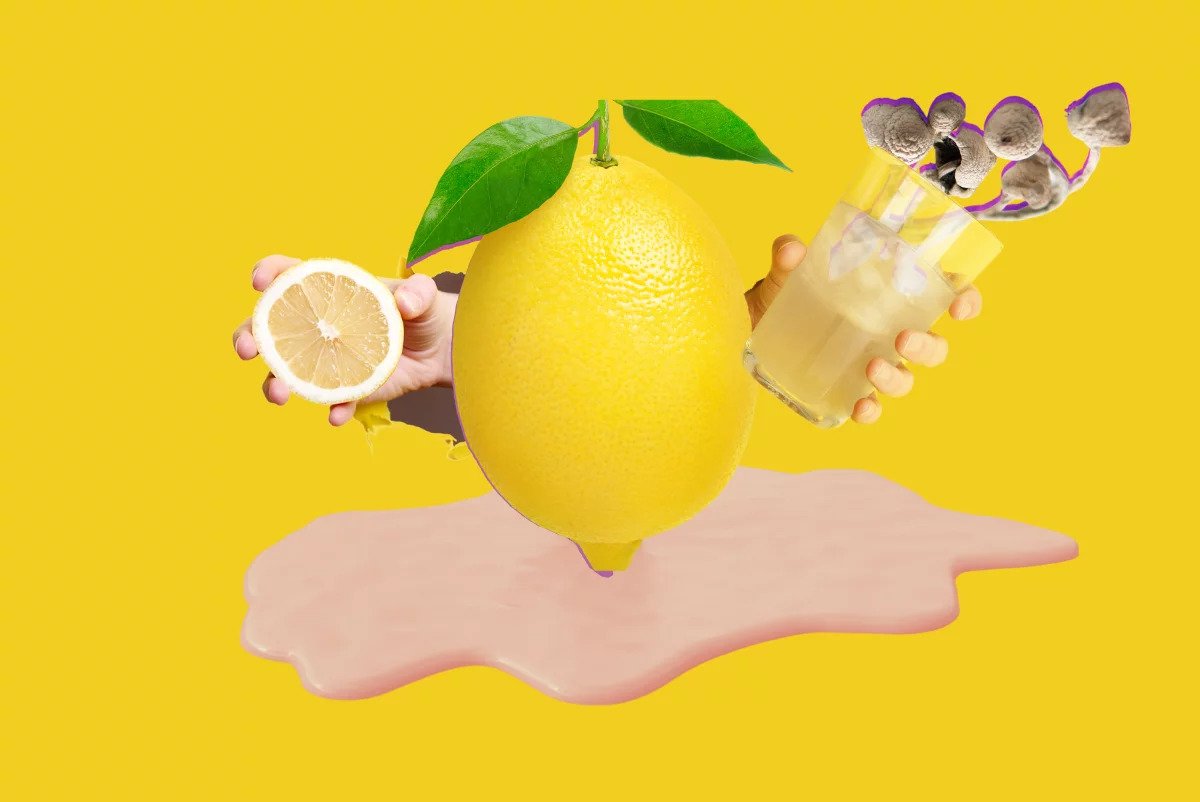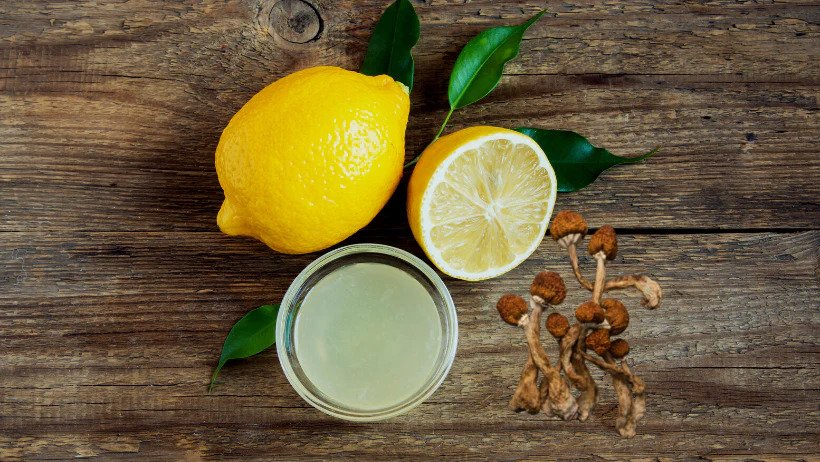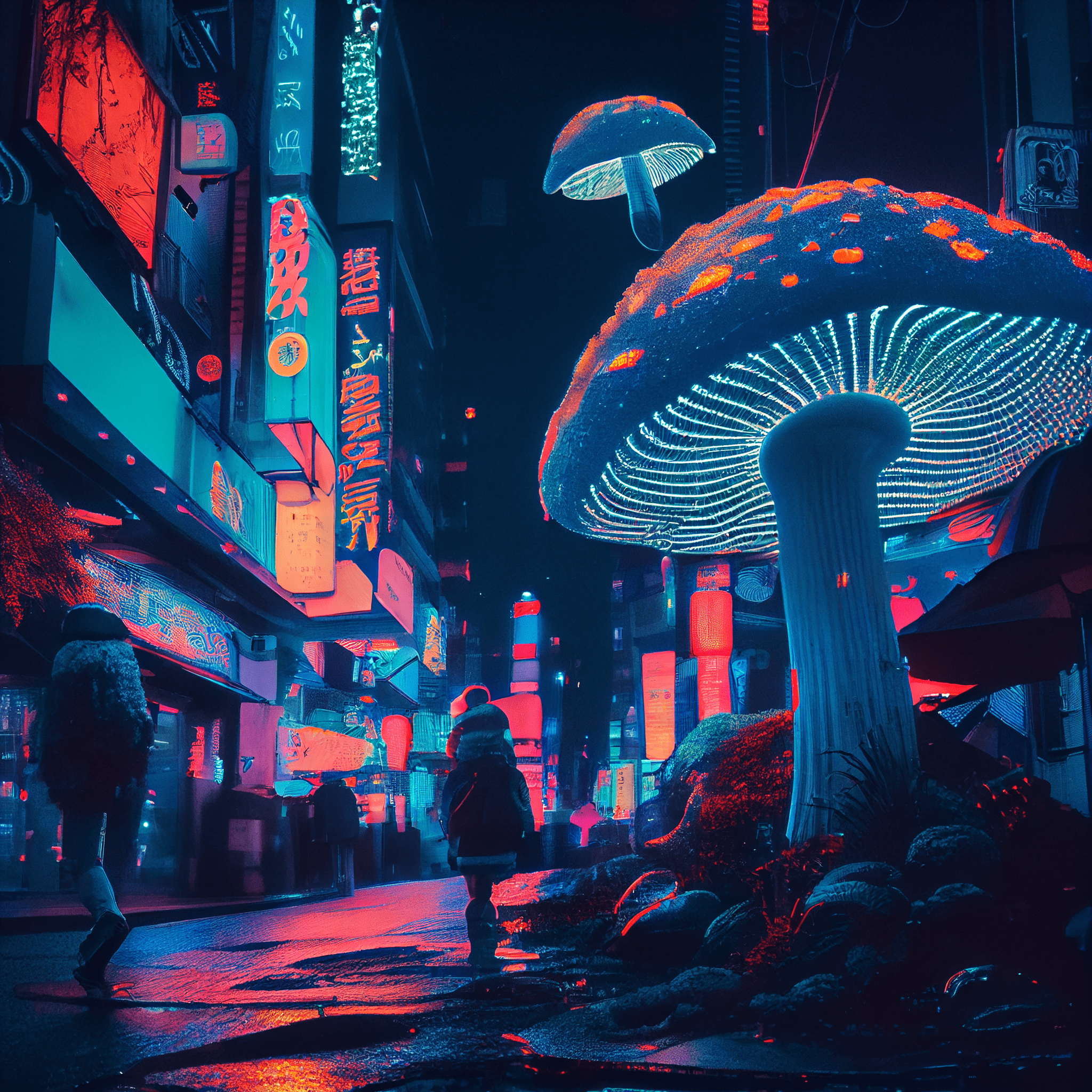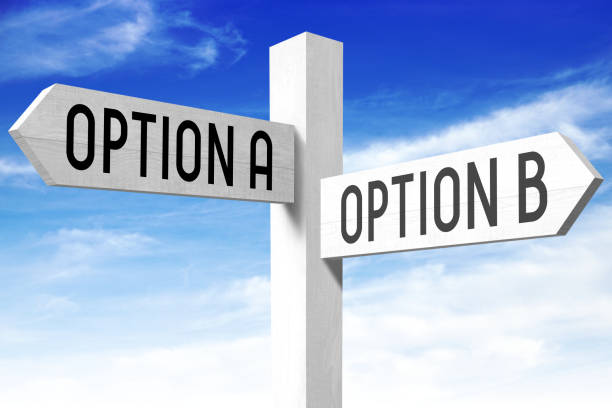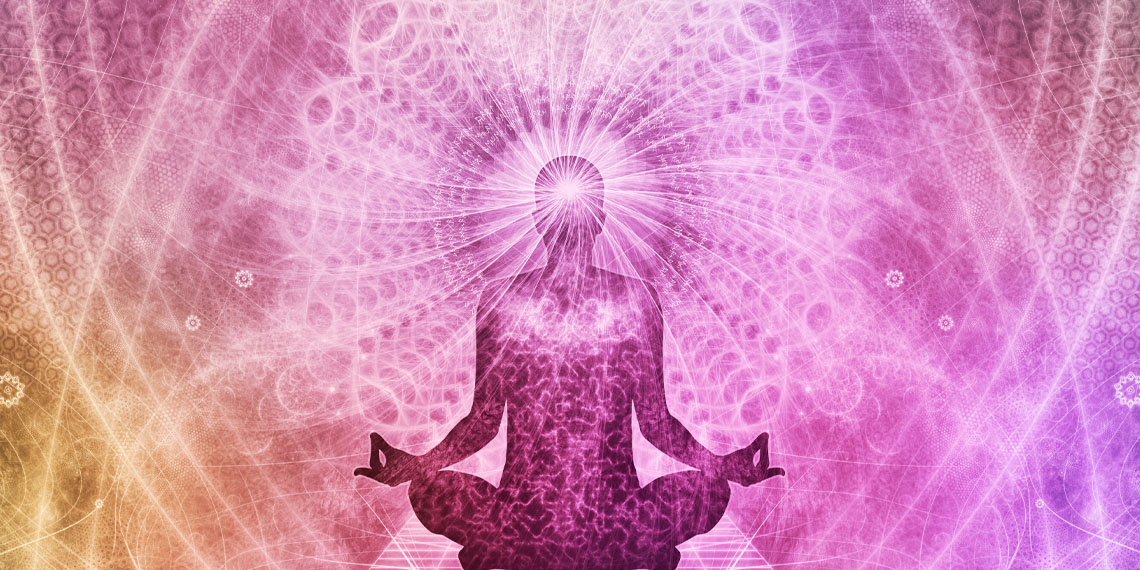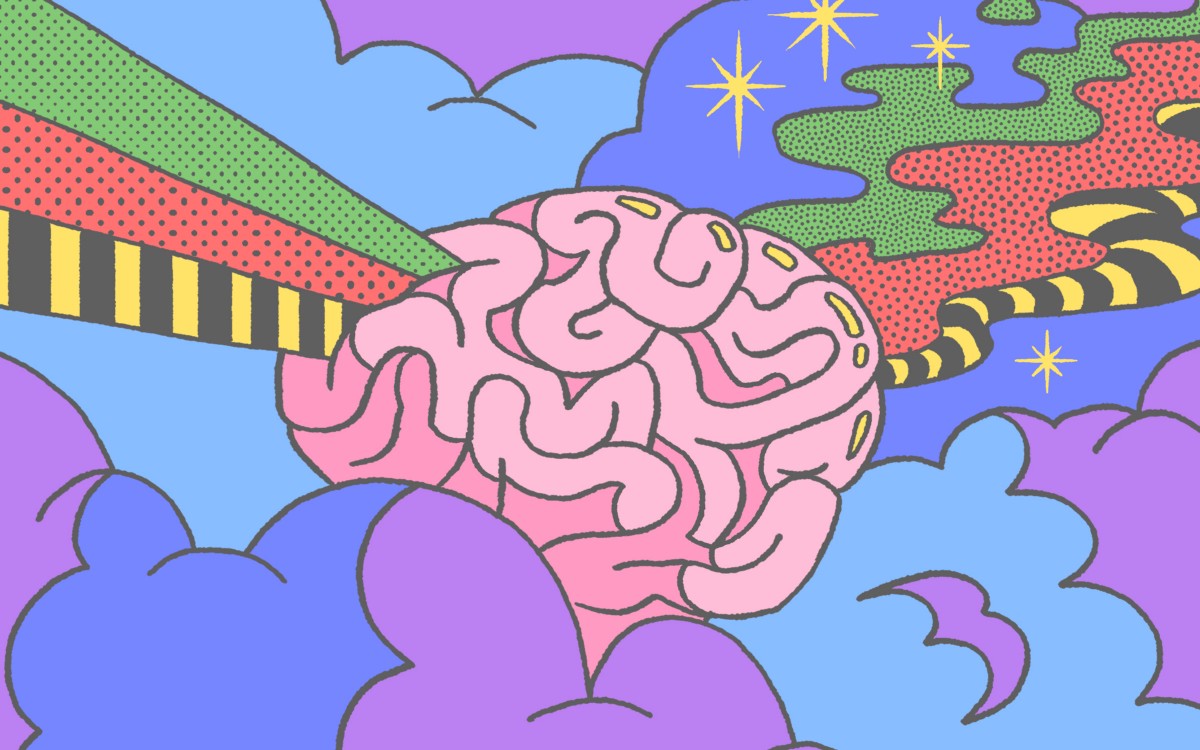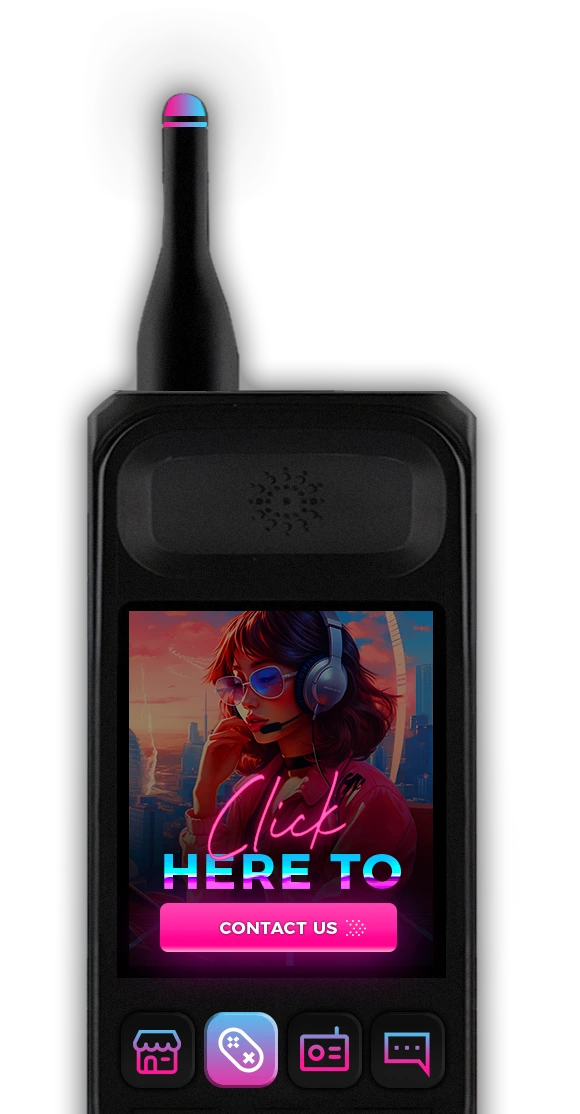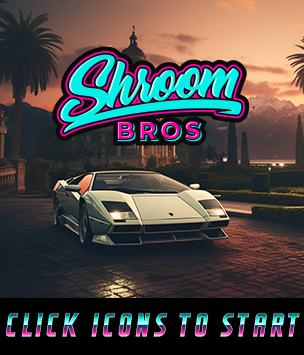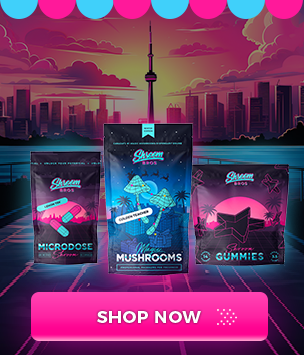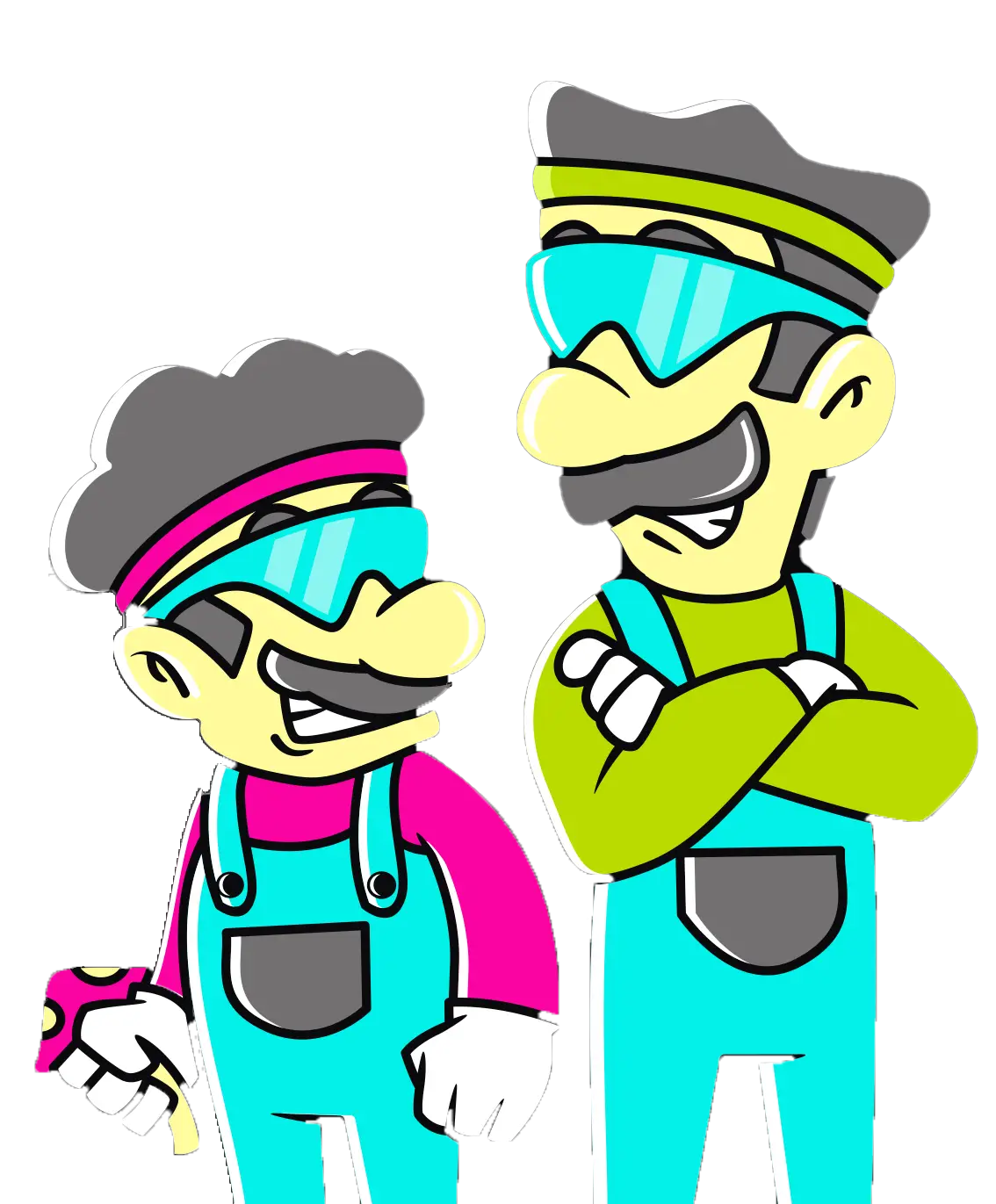The Penis Envy (PE) magic mushroom is a unique and potent variety of the Psilocybe cubensis, a species of psychedelic mushroom known for its psychoactive properties. This particular strain has garnered attention and intrigue within the mycology and psychedelic communities for its distinctive physical characteristics and intense effects.
History
The origins of Penis Envy are shrouded in some mystery and folklore. It’s widely believed that the strain was first discovered or developed by Terence McKenna, an ethnobotanist, mystic, psychonaut, and advocate for the responsible use of naturally occurring psychedelic plants. He is said to have cultivated the strain from a unique mutation of the Amazonian P. cubensis that he found during one of his trips to the Amazon rainforest.
The strain’s name comes from its distinctive appearance, which is said to resemble the male reproductive organ. This characteristic has not only given it its memorable name but also contributed to its notoriety and popularity in the psychedelic community.
Appearance
Penis Envy mushrooms are known for their unique physical characteristics. They are typically larger and more robust than other P. cubensis strains. Their caps are often bulbous and underdeveloped, while the stems are thick, dense, and can grow quite long. The coloration is typically a deep, earthy brown on the cap, with a white or slightly yellowish stem.
The most notable feature of Penis Envy is its size and shape. The mushrooms are often significantly larger in both length and girth compared to other P. cubensis strains. This feature, combined with their often twisted and contorted growth patterns, makes them easily recognizable.
Effects
Penis Envy mushrooms are renowned for their potency, often considered one of the strongest of the P. cubensis varieties. Users report that the effects can be more intense and visually stimulating compared to other strains. The experience is often described as deeply introspective and profound, with possible spiritual or mystical undertones.
The typical effects include enhanced colors and visual distortions, profound philosophical insights, a sense of euphoria, and altered perception of time. It’s important for users, especially those who are inexperienced with psychedelics, to approach Penis Envy with caution due to its high potency.
Cultivation
Cultivating Penis Envy mushrooms can be more challenging than other P. cubensis strains. They have particular environmental preferences and a slower growth rate. However, with patience and careful attention to detail, successful cultivation is possible.
Substrate and Conditions
Like other Psilocybe cubensis strains, Penis Envy mushrooms thrive on a substrate rich in nutrients. A mixture of brown rice flour, vermiculite, and water (commonly known as PF Tek) can be used. However, some cultivators prefer bulk substrates like a mixture of coco coir, vermiculite, and gypsum for larger yields.
The temperature for incubation should be kept around 75-80 degrees Fahrenheit, with relative humidity around 90-95% during fruiting. Adequate ventilation and light are also important for healthy growth.
Inoculation and Colonization
Spores are typically used to inoculate the substrate. Penis Envy spores can be more difficult to obtain due to their unique nature and legal restrictions in some areas. After inoculation, the substrate should be kept in a dark, warm place to allow for colonization. This process can take longer than other strains, sometimes several weeks.
Fruiting
Once the substrate is fully colonized, it can be introduced to fruiting conditions. This involves exposing the substrate to fresh air, light, and adjusting the humidity. Penis Envy mushrooms can take longer to fruit and may require more attention to environmental conditions compared to other strains.
Harvesting
The mushrooms are typically harvested just before the veil under the cap breaks. It’s important to monitor the development closely, as over-mature mushrooms may have reduced potency.
Safety and Legal Considerations
Before delving deeper into the world of Penis Eny magic mushrooms, it’s crucial to emphasize safety and legal considerations. The cultivation and consumption of psychedelic mushrooms, including Penis Envy, are subject to varying legal restrictions around the world. In many countries, these activities are illegal and can lead to serious legal consequences. Therefore, it’s important to be fully aware of and comply with the laws in your area.
From a safety perspective, the potent nature of Penis Eny requires a mindful and responsible approach. If you’re new to psychedelics, it’s advisable to start with a lower dose to gauge your sensitivity. Additionally, having a sober ‘trip sitter’ or guide during your experience can provide a layer of safety, especially for those less experienced with psychedelic substances.
Ideal Growth Conditions for Penis Envy
Penis Eny mushrooms demand specific environmental conditions to thrive:
- Humidity: High humidity levels (around 90-95%) are vital for the fruiting stage. This can be achieved using a humidity dome or by misting the growing area regularly.
- Temperature: A consistent temperature of around 75-80°F (24-27°C) is optimal. Fluctuations can hinder the growth or even halt it.
- Light: While mushrooms don’t require as much light as plants, exposure to indirect sunlight or fluorescent lighting for a few hours a day can stimulate better growth.
- Air Circulation: Fresh air exchange is critical to prevent the buildup of carbon dioxide, which can stifle mushroom development. Gentle air circulation can be provided with a fan or by manual fanning.
Tips for Successful Cultivation
Growing Penis Envy can be more demanding than other strains, but the following tips can help you achieve a successful harvest:
- Sterility: Keep your cultivation area as sterile as possible to prevent contamination. Use gloves, face masks, and sterilize your equipment.
- Patience: Penis Envy grows slower than other strains. Don’t be discouraged if you don’t see immediate results.
- Spore Syringes: Use high-quality spore syringes from a reputable source to increase your chances of successful colonization.
- Monitoring: Regularly check your setup for signs of contamination or improper growth conditions and adjust as needed.
Harvesting and Storage
Once your Penis Eny mushrooms are ready to harvest – typically when the veil beneath the cap begins to tear – gently twist and pull them from the substrate. It’s important to harvest them at the right time to maximize potency and yield.
For storage, dried mushrooms can be kept in airtight containers in a cool, dark place. Desiccants like silica gel can help maintain dryness. Properly stored, they can last for several months or even years.
Ethical and Responsible Use
Beyond the legal and safety aspects, using Penis Envy mushrooms ethically and responsibly is crucial. These powerful psychedelics are more than just a means for a recreational experience; they can offer profound insights and spiritual experiences. They should be used in a respectful, mindful manner, ideally in a safe, comfortable, and supportive environment.
If you are looking for a safe, fast, and reliable way to buy penis envy magic mushrooms in Canada, visit our shop!
Final Thoughts
Penis Envy mushrooms hold a unique place in the world of psychedelics due to their potent effects, distinctive appearance, and the challenge they present to cultivators. While their cultivation and use are not to be taken lightly, they offer an opportunity for both personal growth and an exploration into the deeper realms of consciousness. As with any psychedelic experience, approach Penis Envy with respect, caution, and a genuine desire for learning and self-discovery.

